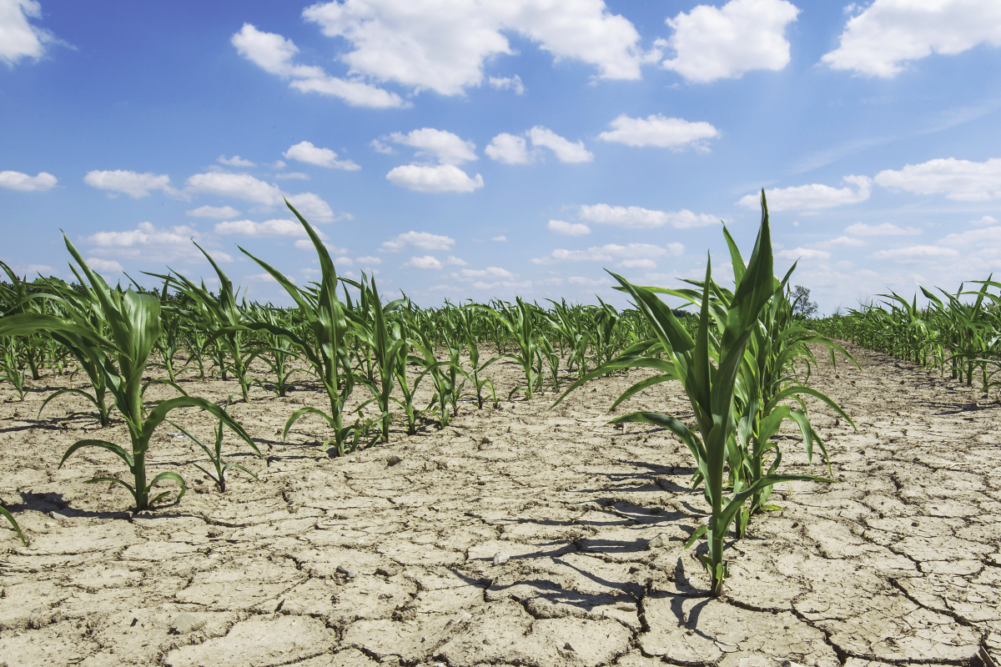LUSAKA, ZAMBIA — Zambia could import about 1 million tonnes of corn in marketing year 2024-25 to maintain food security following a 50% drop in production of the nation’s staple crop due to extended dry spells associated with the El Niño weather pattern, according to a report from the Foreign Agricultural Service (FAS) of the US Department of Agriculture (USDA).
The projected 1.6 million tonnes of corn in 2024-25 is the smallest corn crop produced in Zambia over the past 15 years. The season started off well with a 20% upsurge in planted corn area driven by elevated domestic price and at the expense of soybean area. However, prolonged dry spells overlapped with crucial vegetative and flowering stages for corn, and with February being the driest and hottest month since 1981, resulted in total crop failure in many regions of Zambia, the FAS said.
“Corn is the single most important crop in Zambia and is the national staple food,” the FAS said. “Corn production in Zambia is dominated by smallholder farmers who have limited access to irrigation technologies. As a result, most of the corn production is entirely dependent on rainfall.”
Corn in Zambia, a landlocked country in southern Africa, is the national staple food in the form of a porridge called “nshima.” Corn provides about 60% of the caloric requirements of Zambia’s population of approximately 20 million.
Almost 1 million hectares of corn have been destroyed by the drought that forced Zambian President Hakainde Hichilema to declare a “National Disaster and Emergency.” Zambia has about 500,000 tonnes of corn in its strategic food reserve. As a result, the Zambia government authorized the private sector to import white and yellow corn, though only genetically modified-free corn will be permitted.
The GM-free requirement essentially limits Zambia’s corn imports to neighboring Tanzania, as it largely excludes corn imports from South Africa, where more than 85% of corn is planted with genetically engineered seeds.





